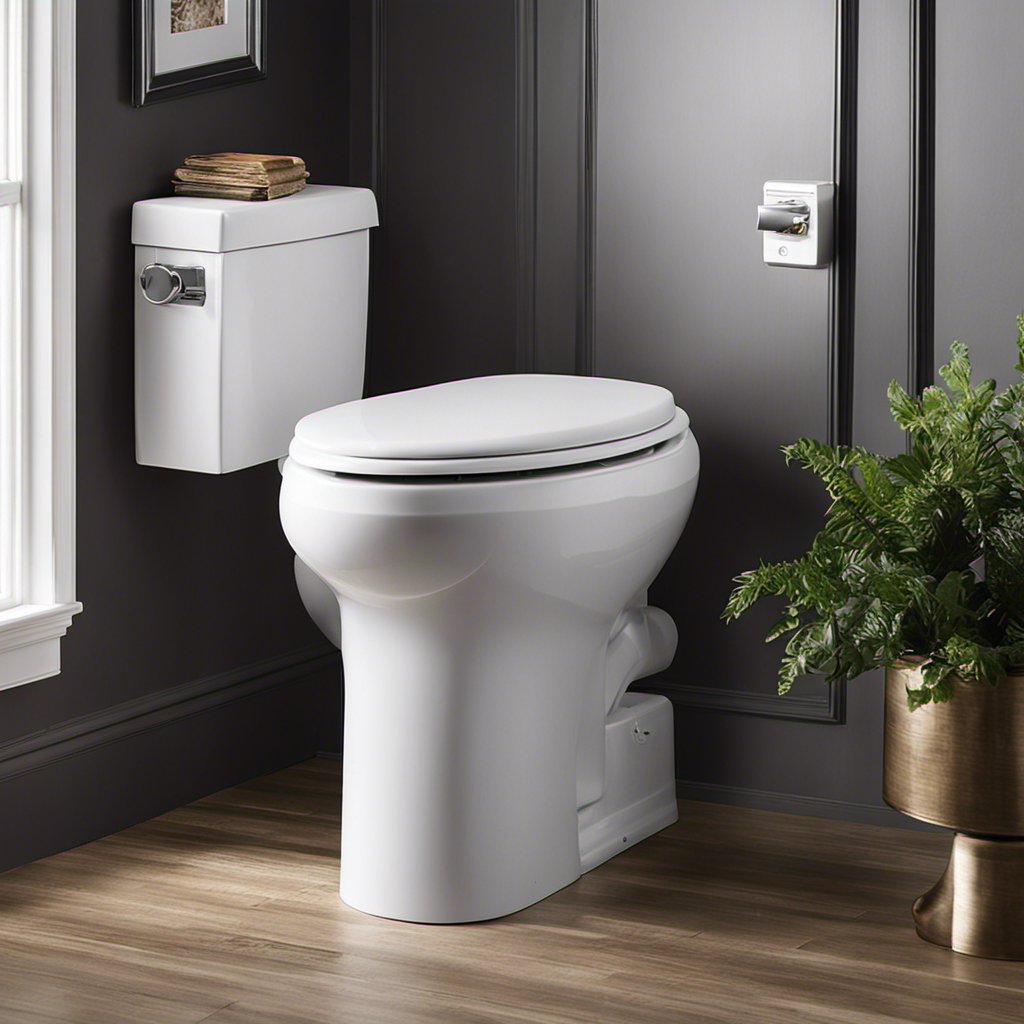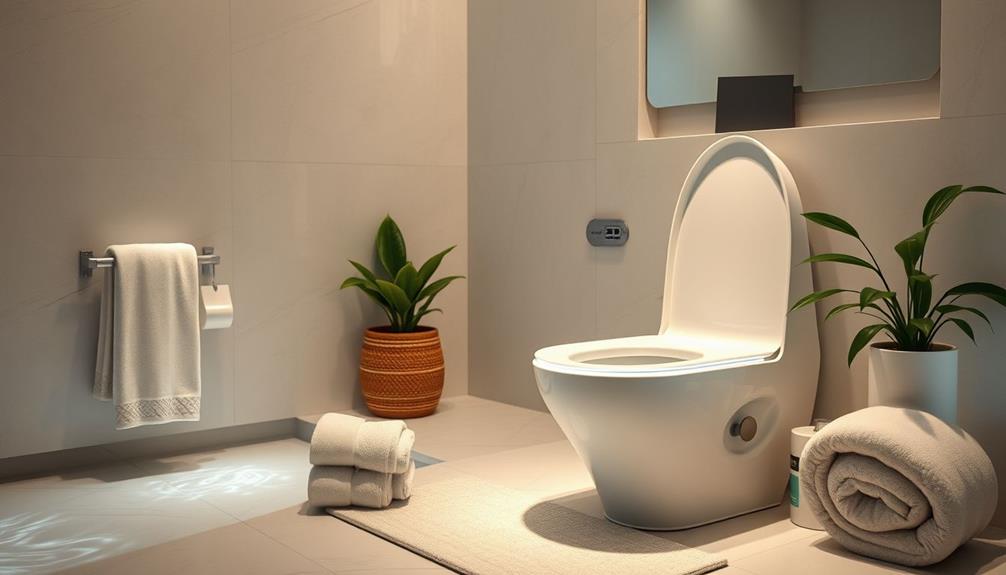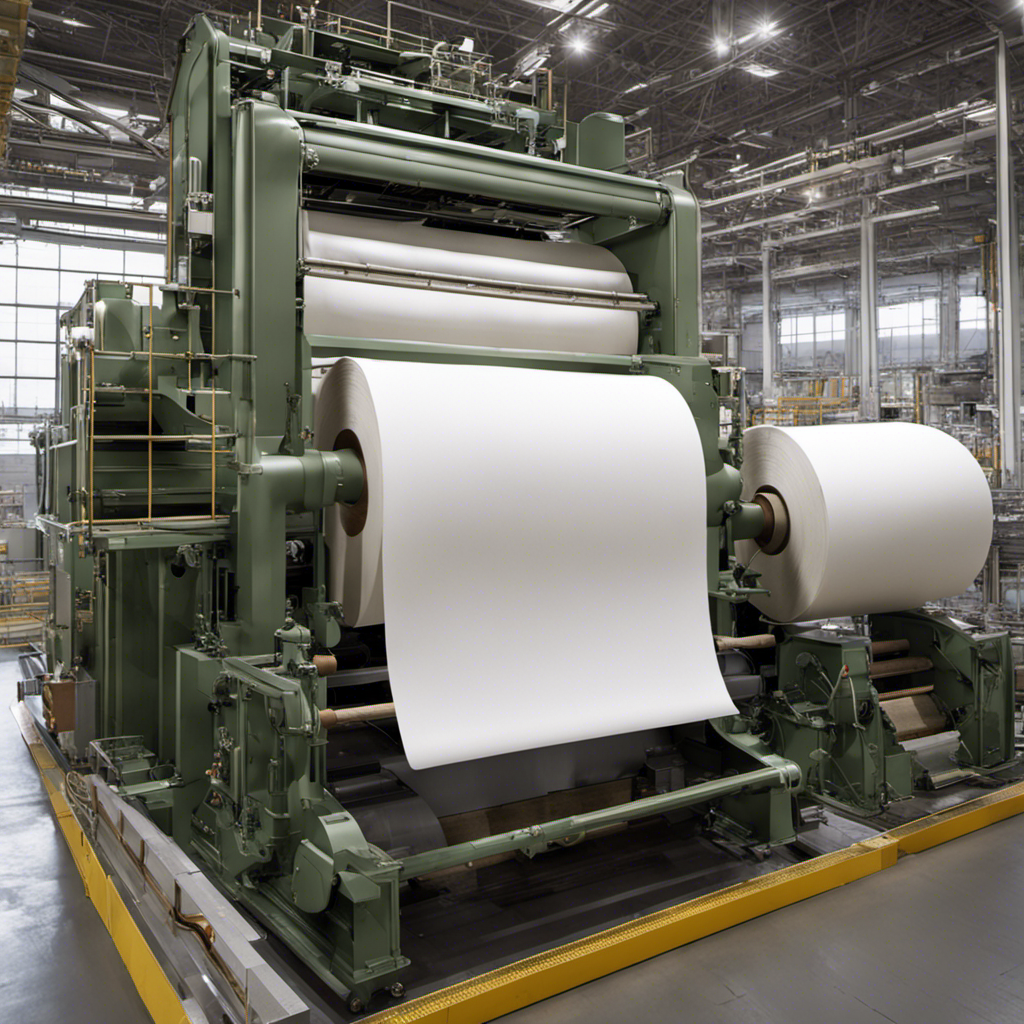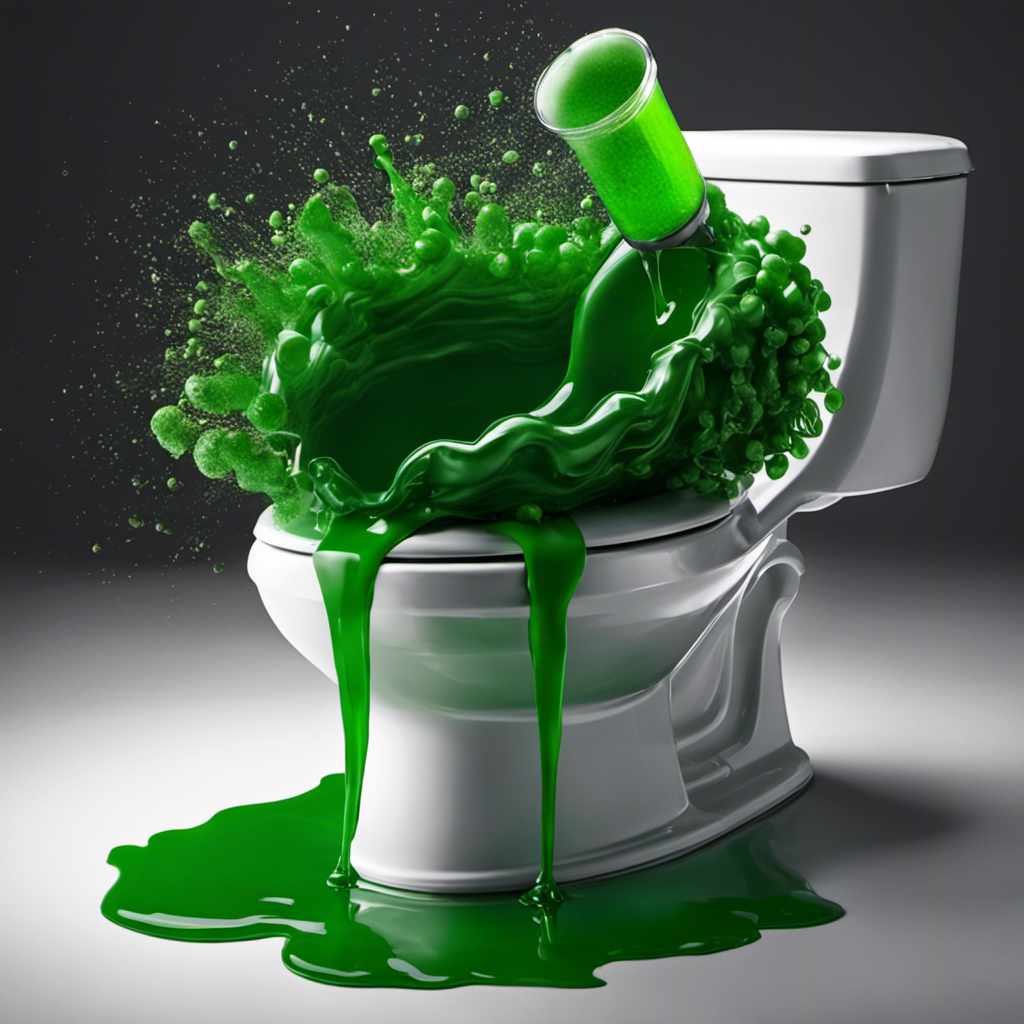Hey there! Ever had a toilet flapper that closes faster than a cheetah chasing its prey? Well, I’ve got you covered.
In this article, I’ll walk you through the reasons behind a fast-closing toilet flapper and provide some simple solutions to get it working like new.
From cleaning or replacing the flapper to adjusting the float, we’ll tackle it all.
So, let’s dive in and fix that flapper, shall we?
Key Takeaways
- Close the shut-off valve, remove the toilet tank lid, and flush the toilet to prepare for fixing the flapper.
- A leaky or damaged flapper can cause the toilet to run constantly or limit the amount of water per flush.
- Clean or replace the flapper and adjust the float to minimize water level.
- Additional fixes include shortening the flapper chain, unclogging the drainage hole, removing the foam float, maximizing water level, replacing the waterlogged float, and using a new flapper with a float for stronger flushes.
Common Causes of a Fast-Closing Toilet Flapper
One common cause of a fast-closing toilet flapper is a damaged flapper, which can be cleaned or replaced.
To repair the flapper, start by turning off the shut-off valve to stop the flow of water.
Remove the toilet tank lid and place a bucket underneath to catch any excess water.
Flush the toilet to empty the tank and place towels around the base of the toilet to keep everything dry.
Next, clean or replace the damaged flapper.
If the flapper chain is too loose, shorten it.
Make sure the chain is connected to the correct hole and unclog any drainage holes.
These repair techniques and maintenance tips will help fix a fast-closing toilet flapper and ensure proper functioning.
Solutions for a Quick-Closing Flapper
I can easily resolve the issue of a quick-closing flapper by adjusting the float, shortening the chain, or unclogging the drainage hole. Here are the steps to follow:
-
Adjusting the float: Turn off the shut-off valve and remove the toilet tank lid. Locate the float, usually a ball or cup, and adjust it to lower the water level in the tank. This will prevent the flapper from closing too quickly.
-
Shortening the chain: Check the chain that connects the flush handle to the flapper. If it is too loose, it can cause the flapper to close too fast. Simply shorten the chain by removing a few links until it has a slight tension.
-
Unclogging the drainage hole: If the flapper is closing quickly due to a clogged drainage hole, use a plunger or a wire hanger to clear the obstruction. This will allow water to flow freely and prevent the flapper from closing prematurely.
-
Replacing the flapper: If none of the above solutions work, it may be necessary to replace the flapper entirely. Purchase a new flapper from a hardware store and follow the manufacturer’s instructions to install it properly.
Additional Fixes for a Fast-Closing Flapper
By removing the foam float and adjusting the water level, I can further address the issue of a fast-closing flapper.
The foam float, when present, can cause the flapper to close prematurely, leading to incomplete flushing. To remove the foam float, I carefully detach it from the flapper by gently pulling it off.
Once removed, I can then proceed to adjust the water level. To do this, I locate the overflow pipe in the toilet tank and adjust it accordingly. By raising the water level, I can ensure that the flapper has enough time to fully open and close, resulting in a more effective flush.
Adjusting the overflow pipe can be done by turning the adjustment screw or sliding the clip up or down, depending on the type of setup.
With these additional fixes, I can optimize the performance of the flapper and achieve a well-functioning toilet system.
Troubleshooting a Flapper That Closes Too Fast
To troubleshoot a flapper that closes too fast, you can follow these steps:
- Turn off the shut-off valve to stop the water flow.
- Remove the toilet tank lid and place a bucket underneath to catch any water.
- Flush the toilet to empty the tank completely.
- Inspect the drainage hole for any debris or blockages. Clear away any toilet paper or other objects that may be obstructing the hole. Use a plumbing snake or a wire hanger to gently remove any stubborn clogs. Run water through the hole to ensure it is completely clear.
Once the drainage hole is unclogged, you can adjust the float to minimize water level or replace a damaged flapper if necessary.
Benefits of Fixing a Fast-Closing Toilet Flapper
Fixing a flapper that closes too quickly ensures increased water efficiency and reduced water waste. By addressing this issue, you can contribute to a more sustainable environment and save on your water bills.
The benefits of fixing a fast-closing toilet flapper are numerous. Firstly, you will prevent water from being wasted unnecessarily. A flapper that closes too quickly limits the amount of water per flush, which can lead to multiple flushes being required, resulting in unnecessary water usage.
Secondly, by repairing or replacing the flapper and adjusting the float, you will optimize the water level in the tank, allowing for a more efficient flush.
Lastly, taking the initiative to fix the flapper issue yourself can save you money on hiring a plumber and give you a sense of accomplishment.
Frequently Asked Questions
How Do I Know if My Toilet Flapper Is Closing Too Fast?
If my toilet flapper is closing too fast, I can tell by the weak flush and constant running water. To troubleshoot, I can adjust the flapper, check the water level, and clean or replace any damaged parts.
Can a Fast-Closing Toilet Flapper Cause Any Damage to the Toilet?
Yes, a fast-closing toilet flapper can cause damage to the toilet. It can lead to higher water bills due to constant running, and limit the amount of water per flush.
Are There Any Temporary Fixes for a Fast-Closing Toilet Flapper?
Yes, there are temporary solutions for a fast-closing toilet flapper. One option is adjusting the chain length to ensure the flapper stays open longer. This can be done by shortening the chain.
Can a Fast-Closing Toilet Flapper Be Fixed Without Replacing Any Parts?
Yes, a fast-closing toilet flapper can often be fixed without replacing any parts. By troubleshooting the toilet flapper and making necessary adjustments, you can restore proper functionality to the flapper.
Is It Possible for a Fast-Closing Toilet Flapper to Affect the Water Pressure in the Bathroom?
A fast-closing toilet flapper can impact water pressure in the bathroom. To improve water pressure, check for any obstructions, adjust the float, and ensure the flapper is functioning properly.
Conclusion
In conclusion, fixing a fast-closing toilet flapper is like unlocking the flow of harmony in your bathroom. By addressing the common causes and implementing the suggested solutions, you can restore balance to your toilet system.
Imagine the flapper as a gatekeeper, ensuring a powerful flush and preventing water wastage. With a little effort and attention, you can keep this gatekeeper in perfect harmony with your bathroom’s needs.
So, take charge, follow the steps, and let your toilet system flourish once again.










